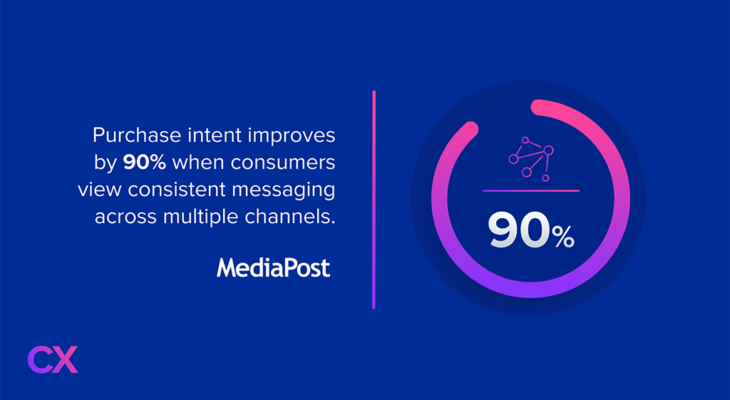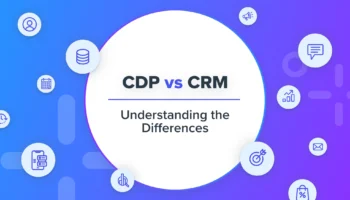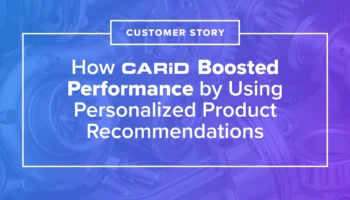The total sum of experiences a customer has with a brand can result in transactions or even lifelong customers.
When thinking about ecommerce retailers, digital touchpoints refer to all the online engagements with your brand such as your website, social media, search engine results, email marketing, and more. Keep in mind that touchpoints include any point a customer could come in contact with your product or service.
As you consider the many ways your customers interact with your brand and which are the crucial touchpoints, you can start by taking a close look at the lifecycle stages of your customer. Here are some of the most common stages you should consider, along with a couple of touchpoints examples:
Pre-Purchase
Some of the most common touchpoints in this phase are typically the website and product pages in particular. At this stage, you’ll get your customer warmed up to your brand, so emails and mobile notifications are great touchpoints you can use.
Purchase
During the purchase phase, one important touchpoint is the checkout page. Make sure that you have a great UI/UX and that everything is optimized so that your customers have a positive experience. Also, use personalized recommendations to surface complementary products to your customers.
Post-Purchase
Delivery is definitely the major touchpoint here, but your post-purchase strategy — which includes tracking updates, thank you emails, or feedback surveys — is also crucial. In this case, your touchpoints can vary from emails to in-app, direct mail or digital ads.
That being said, you should analyze your current customers’ behavior patterns and see what their key engagement points are. Pay attention if there is friction or drop-off during the process and think about what you could do to improve customer experiences.
Bear in mind that your goal should be to offer online customers the same great experience they would have as in-person customers.



